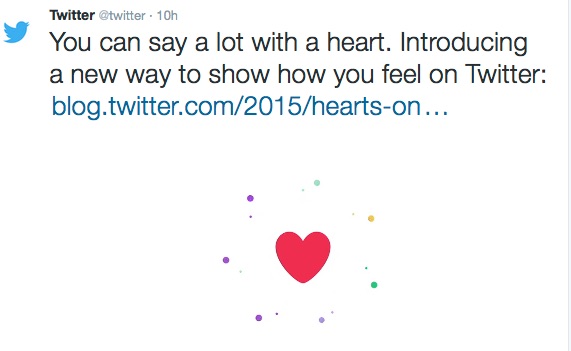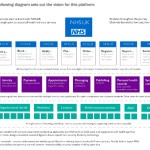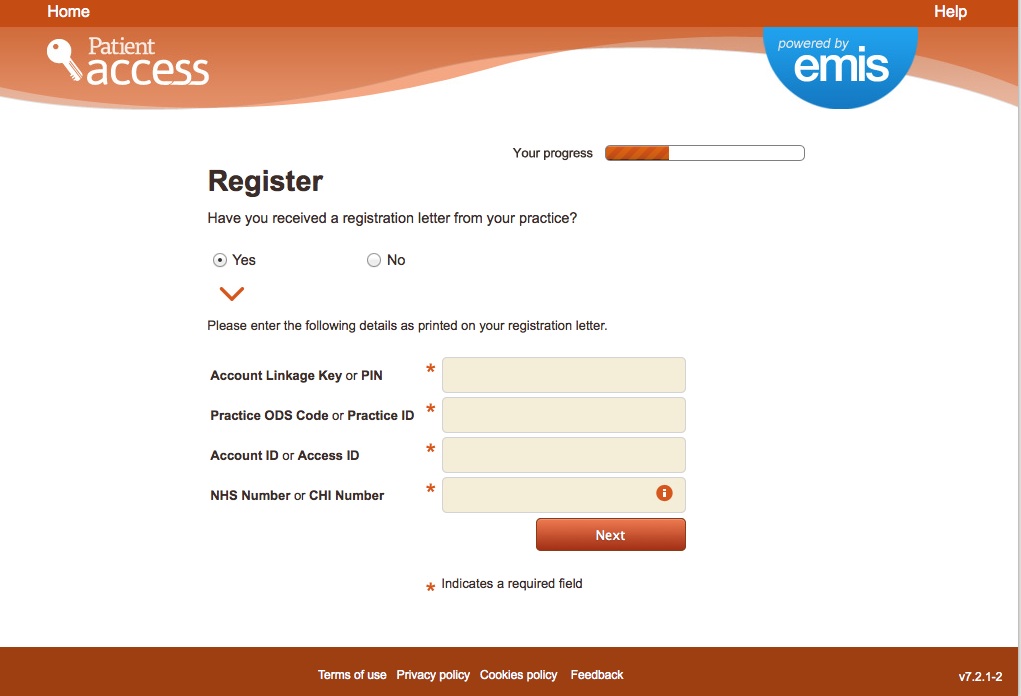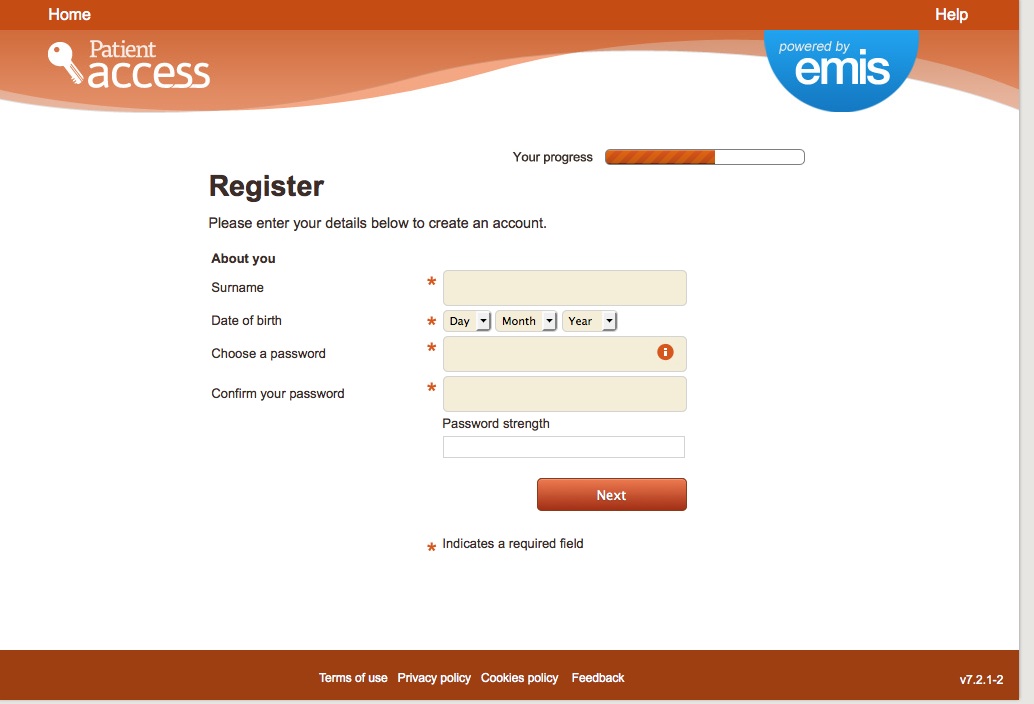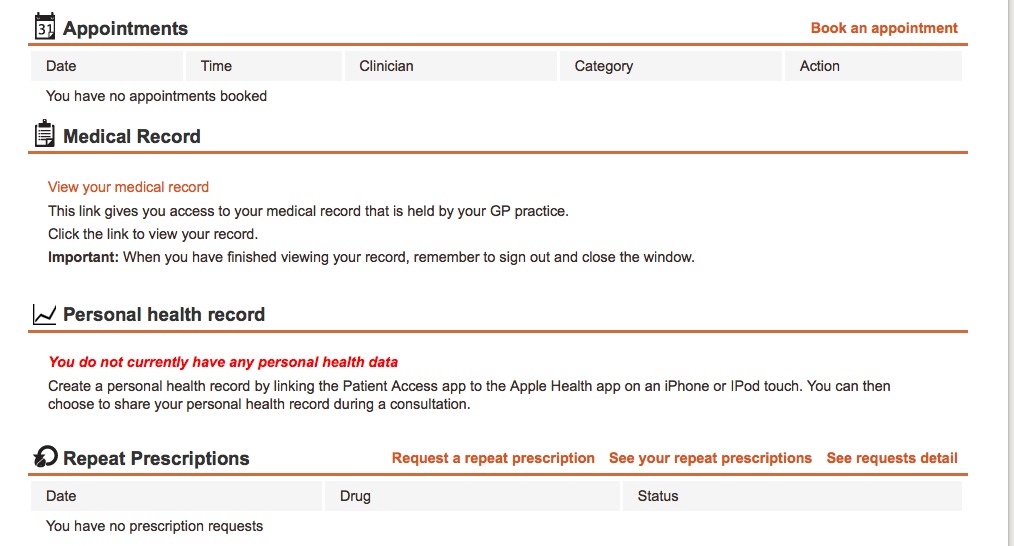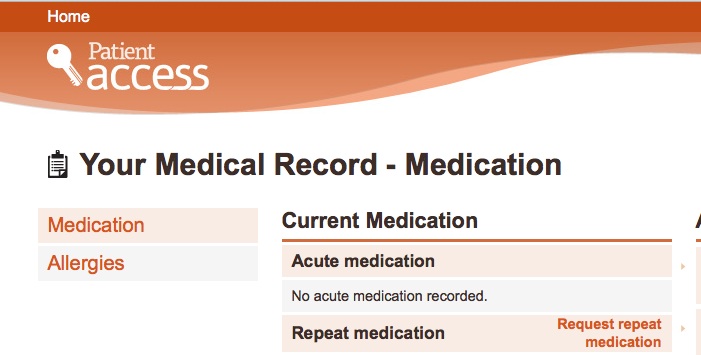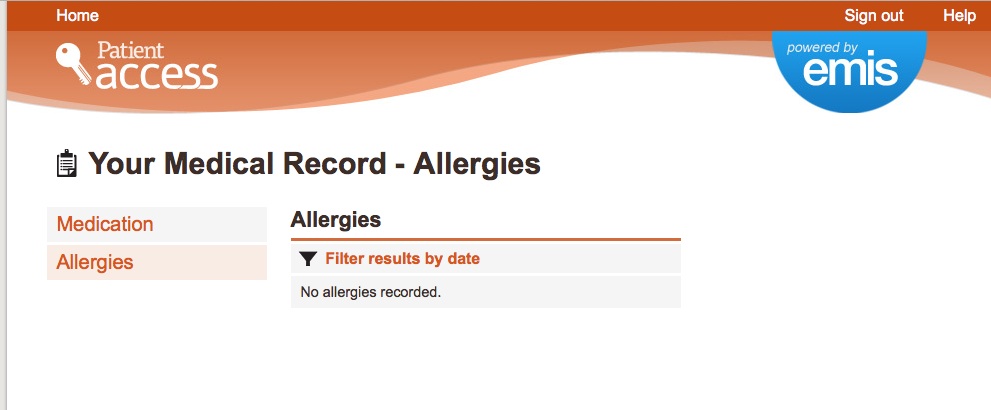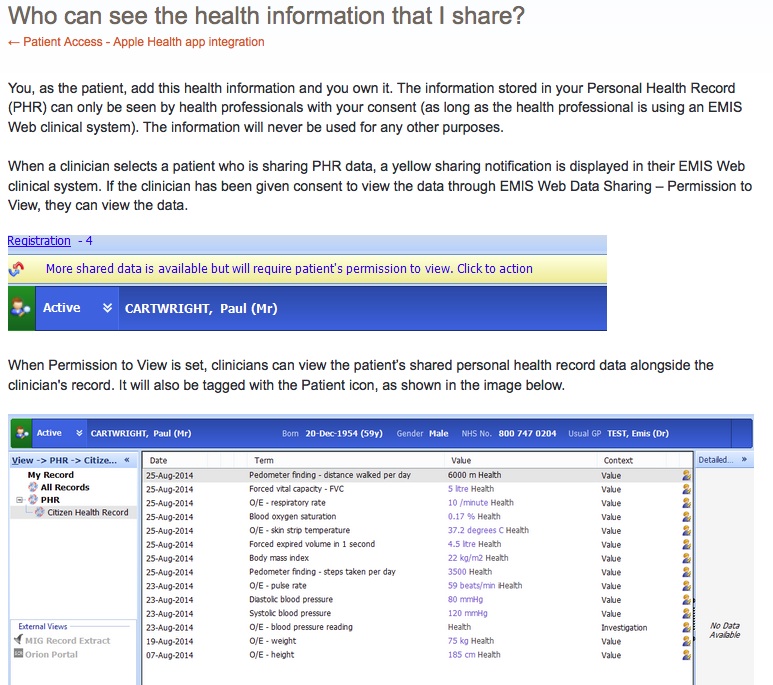The IN and the OUT circles have formed and Boris is standing in the middle.
Speculation as to whether he means to be on the No team is agreed he doesn’t really mean no.
His comments on staying in have been more consistently in the past pointed to his head saying staying in is better for business.
Some are suggesting that his stance is neither in nor out, but ‘an unconvincing third way‘, no doesn’t mean no to staying in but no to Cameron’s deal and would in fact mean a second vote along the lines of Dominic Cumming’s .
If so, is this breathtaking arrogance and a u-turn of unforeseeable magnitude? Had our PM not said before the last GE he planned in stepping down before the end of the next Parliament, you could think so. But this way they cannot lose.
This is in fact bloody brilliant positioning by the whole party.
A yes vote underpins Cameron’s re-negotiation as ‘the right thing to do’, best for business and his own statesmanship while showing that we’re not losing sovereignty because staying in is on our terms.
Renegotiating our relationship with the EU was a key Conservative election promise.
This pacifies the majority of that part of the population who wants out of some of the EU ‘controlling out country’ and beholden to EU law, but keeps us stable and financially secure.
The hardline Out campaigners are seen as a bag of all-sorts that few are taking that seriously. But then comes Boris.
So now there is some weight in the out circle and if the country votes ‘No’ a way to manage the outcome with a ready made leader in waiting. But significantly, it’s not a consistent call for Out across the group. Boris is not for spinning in the same clear ‘out’ direction as the Galloway group.
Boris can keep a foot in the circle saying his heart is pro-In and really wants In, but on better terms. He can lead a future party for Outers Inners and whatever the outcome, be seen to welcome all. Quite a gentleman’s agreement perhaps.
His Out just means out of some things, not others. Given all his past positioning and role as Mayor in the City of London, out wouldn’t mean wanting to risk any of the financial and business related bits.
So what does that leave? Pay attention in his speech to the three long paragraphs on the Charter of Fundamental Human Rights.
His rambling explanation indirectly explained quite brilliantly the bits he wants ‘out’ to mean. Out means in the Boris-controlled circle, only getting out from those parts of EU directives that the party players don’t like. The bits when they get told what to do, or told off for doing something wrong, or not playing nicely with the group.
The human rights rulings and oversight from the CJEU or views which are not aligned with the ECHR for example.
As Joshua Rozenberg wrote on sovereignty, “Human rights reform has been inextricably intertwined with renegotiating the UK’s membership of the EU. And it is all the government’s fault.”
Rozenberg writes that Mr Gove told the Lords constitution committee in December that David Cameron asked him whether “we should use the British Bill of Rights in order to create a constitutional long stop […] and whether the UK Supreme Court should be that body.”
“Our top judges were relabelled a “Supreme Court” not long ago; they’ve been urged to assert themselves against the European Court of Human Rights, and are already doing so against EU law”, commented Carl Gardner elsewhere.
The Gang of Six cabinet ministers are known for their anti EU disaffectation and most often its attachment to human rights – Michael Gove, Iain Duncan Smith, Chris Grayling, Theresa Villiers, Priti Patel and John Whittingdale plus a further 20 junior ministers and potentially dozens of backbenchers.
We can therefore expect the Out campaign to present situations in which British ‘sovereignty’ was undermined by court rulings that some perceive as silly or seriously flawed.
Every case in which a British court ever convicted someone and was overturned ‘by Europe’ that appeared nonsensical will be wheeled out by current justice Secretary Mr Gove.
Every tougher ‘terrorist’ type case, whose human rights were upheld that had been denied them by a UK ruling might be in the more ‘extreme’ remit of the former justice secretary mention whenever Grayling makes his case for Out, especially where opinions may conflict with interpretations and the EU Charter.
Priti Patel has tough views of crime and punishment, reportedly in favour of the the death penalty.
IDS isn’t famous for a generous application of disability rights.
John Whittingdale gave his views on the present relationship with the EU and CJEU here in debate in 2015 and said (22:10) he was profoundly “concerned the CJEU is writing laws which we consider to be against our national interest.”
Data protection and privacy is about to get a new EU directive that will strengthen some aspects of citizens’ data rights. Things like the right to be informed what information is stored about us, or have mistakes corrected.
Don’t forget after all that Mr Gove is the Education SoS who signed off giving away the confidential personal data of now 20 million children to commercial third parties from the National Pupil Database. Clearly not an Article 8 fan.
We are told that we are being over reactive to our loss of rights to privacy. Over generous in protections to people who don’t deserve it. Ignoring that rights are universal and indivisible, we are encouraged to see them as something that must be earned. As such, something which may or may not be respected. And therefore can be removed.
Convince the majority of that, and legislation underpinning our rights will be easier to take away without enough mass outcry that will make a difference.
To be clear, a no vote would make no actual legal difference, “Leaving the EU (if that’s what the people vote for) is NOT at all inconsistent with the United Kingdom’s position as a signatory to the European Convention on Human Rights (ECHR), a creature of the COUNCIL of EUROPE and NOT the European Union.” [ObiterJ]
But by conflating ‘the single market’, ‘the Lisbon Treaty’, and the ‘ability to vindicate people’s rights under the 55-clause “Charter of Fundamental Human Rights”, Boris has made the no vote again equate conflated things: European Union membership = loss of sovereignty = need to reduce the control or influence of all organisations seen as ‘European’ (even if like the ECHR it’s to do with the Council of Europe Convention signed post WWII and long before EU membership) and all because we are a signatory to a package deal.
Boris has reportedly no love of ‘lefty academics’ standing up for international and human rights laws and their uppity lawyers in the habit of “vindicating the rights of their clients.”
Boris will bob in and out of both the IN group for business and the OUT group for sovereignty, trying not to fall out with anyone too much and giving serious Statesmanship to the injustices inflicted on the UK. There will be banter and back biting, but the party views will be put ahead of personalities.
And the public? What we vote, won’t really matter.I think we’ll be persuaded to be IN, or to get a two step Out-In.
Either way it will give the relevant party leader, present or future, the mandate to do what he wants. Our engagement is optional.
Like the General Election, the people’s majority viewed as a ‘mandate’ seems to have become a little confused with sign-off to dictate a singular directive, rather than represent a real majority. It cannot do anything but this, since the majority didn’t vote for the government that we have.
In this EU Referendum No wont mean No. It’ll mean a second vote to be able to split the package of no-to-all-things into a no-to-some-things wrapped up in layers of ‘sovereignty’ discussion. Unpack them, and those things will be for the most part, human rights things. How they will then be handled at a later date is utterly unclear but the mandate will have been received.
Imagine if Boris can persuade enough of the undecideds that he is less bonkers than some of the EU rulings on rights, he’ll perhaps get an Out mandate, possibly meaning a second vote just to be sure, splitting off the parts everyone obviously wants to protect, the UK business interests, and allowing the government to negotiate the opt out from legislation of human rights’ protections. Things that may appear to make more people dependent on the state, and contrary to the ideology of shrinking state support.
A long-promised review of the British Human Rights Act 1998 will inevitably follow, and only makes sense if we are first made exempt from the European umbrella.
Perhaps we will hear over the next four months more about what that might mean.
Either way, the Out group will I’m sure take the opportunity to air their views and demand the shake up of where Human Rights laws are out of line for the shape of the UK future nation they wish to see us become.
Some suggest Boris has made a decision that will cost him his political career. I disagree. I think it’s incredibly clever. Not a conspiracy, simply clever party planning to make every outcome a win for the good of the party and the good of the nation, and a nod to Boris as future leader in any case. After all, he didn’t actually say he wanted #Brexit, just reform.
It’s not all about Boris, but is staging party politics at its best, and simultaneously sets the scene for future change in the human rights debate.


